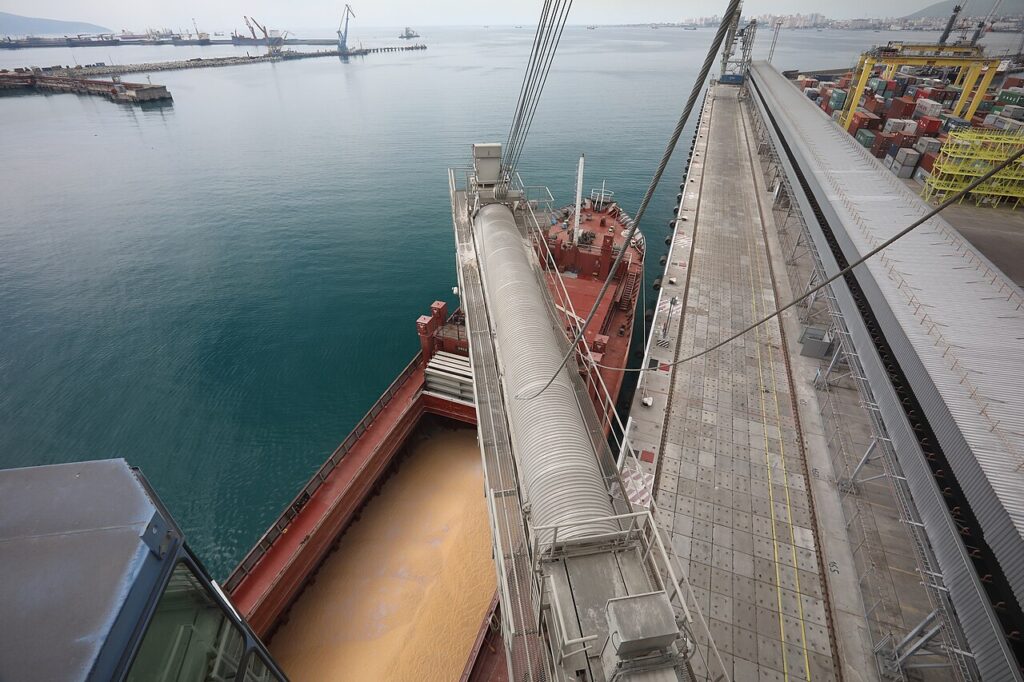Ukraine exposes 1,000-ship Russian “shadow fleet” using fake flags to fund war

How is Russia circumventing sanctions? By sea. Ukrainian intelligence has revealed details of operations involving 42 ships engaged in transporting sanctioned Russian and Iranian oil, stolen Ukrainian grain and coal, as well as bunkering activities of the so-called “shadow fleet.”
Floating depots and false flags
Among the identified vessels is a floating storage unit of Russia’s Lukoil company in the Caspian Sea, used for transferring oil to “shadow fleet” tankers. Why does this matter? Under sanction and diplomatic pressure, many countries refuse to register such ships. Moscow responds with fraud: false flags, fake maritime registries, and falsified documents.
Russia’s systematic theft of Ukrainian grain from occupied territories has become a central feature of its war strategy, with millions of tons looted since 2022. The funds from such shadow operations are used to finance its war machine.
According to the International Maritime Organization (IMO), over 300 ships worldwide currently sail under fake flags and fraudulent documentation, creating global risks for maritime trade and shipping safety.
War&Sanctions reveals the “shadow fleet”
The new “Ships” section on Ukraine’s War&Sanctions portal led by the intelligence agency displays over 100 Russian and Iranian tankers operating under fake flags of Panama, Malawi, Comoros, Guinea, and Palau.
HUR explains that all such vessels should be fully banned from servicing, port calls, and international straits. Flag states and the IMO must exercise strict and timely control.
More than just numbers
Overall, the portal now contains data on over 1,000 ships and 155 captains involved in transporting weapons and stolen products from temporarily occupied Ukrainian territories. This is not mere statistics — each vessel and captain reflects a complex network of Moscow and Tehran’s sanction-evading schemes.
The War&Sanctions portal enables monitoring of these schemes and provides global regulators with concrete data for action against violators.